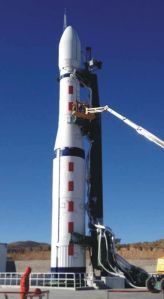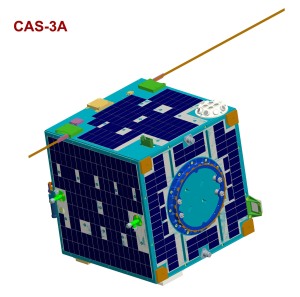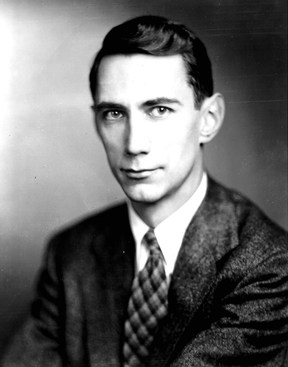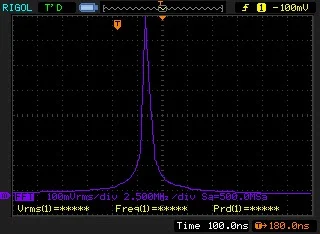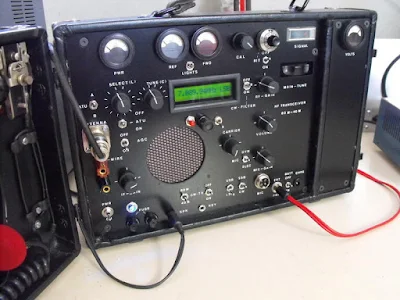Hi Bill,
I started in July building a receiver with the available parts I had collected over many years. Finally today the receiver is working more or less to my satisfaction. Here is a brief description.
I am using a set of crystall filters from an old Atlas 350XL, 5.595 is the IF frequency and the filters have independent USB and LSB plus CW 500 Hz filter. The radio set is a single conversion type. A DBM at the front end and as product detector. Keeping the BFO signal from leaking is a challenge but I managed by carefully matching the three ports of the DBM used as product detector. Matching the IF filters impedance was another challenge. Following the DBM there is a LNA amplifier using a 2N3866 and I am trying another LNA with a discontinued Siemens BFT66 transistor with a very low noise figure. I have some experience with those and they can be amazingly quite.
The IF amp is a hybrid cascode with three stages and AGC that I found in the internet designed by a well known OM, the design works very well it is easy to make and is very stable despite its nearly 70 dB of wide band gain. The AGC range is close to 100dB . . .
The front end has 6 BPF covering from 1.5 to 30 Mhz all switched by relays. This unit I got from an old German receiver.
The VFO or 1st LO is a DDS unit I had played with years ago. From N3ZI is far from perfection but it does the job when the bands are alive and well. The alternative to the simple DDS are complicated. I wish there were more DDS PLL kits available. It can take a long time to get a full synthesizer satisfactorally working.
The set is made of mechanical parts from a Tektronix main frame instrument, there are many parts of different shapes that can be attached together in a crazy way but certainly very functionally. There is the IF amplifier and the Product Detector BFO enclosed in two brass silver plated boxes, both also recovered from some surplus ages ago. The DDS is one of the sides on the chassis without any shielding.
The IF filters and the front end are going to be attached to the rear of the chassis by just adding brackets etc., you get the idea. I am glad the video is acceptable.
I thought it will interest you know that at age 70 is also possible to roll your own, despite having to check every solder joint since my eye sight is the biggest problem
I have other projects, another receiver with an IF of 9 mHz with SSB and AM filters using another type of high gain IF amp.
Best 73’s de
Jac









